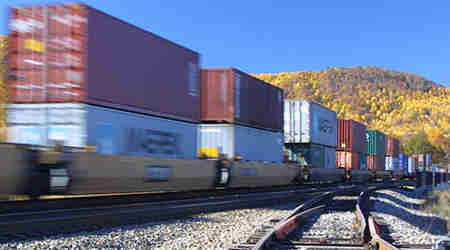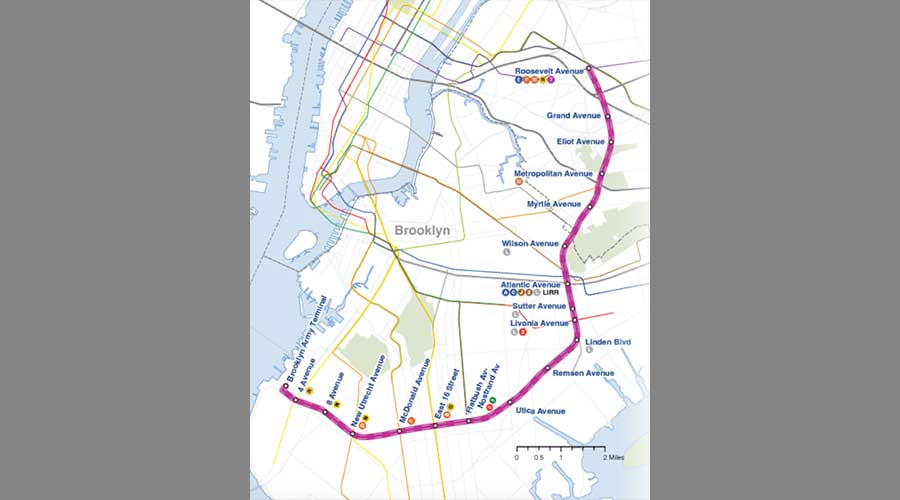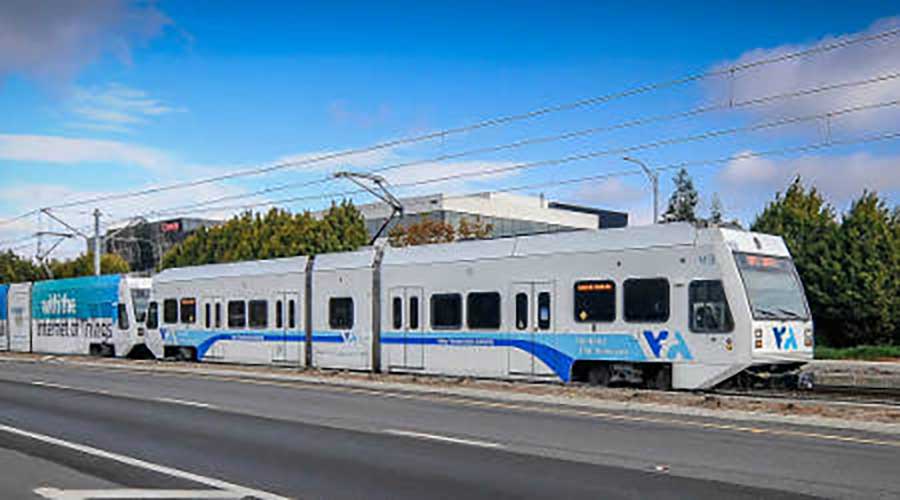Stay updated on news, articles and information for the rail industry
12/7/2017
Rail News: Rail Industry Trends
AAR: U.S. intermodal rail volume remains on a record-setting pace

U.S. intermodal rail traffic is on pace to set a new annual record this year, with strong gains in November and last week marking the best intermodal week in history, the Association of American Railroads (AAR) announced yesterday.
U.S. railroads logged 1,369,160 containers and trailers in November, up 3.8 percent, or 50,029 units, from the same month last year. Although U.S. railroads' carload traffic slipped last month 0.9 percent to 1,307,521 units, the combined total of intermodal and carload activity rose 1.5 percent to 2,676,681 for the month compared with November 2016, AAR officials said in a press release.
Last month, 12 of the 20 carload commodity categories tracked by AAR on a monthly basis posted increases. They included crushed stone, sand and gravel, up 16,402 carloads or 14.8 percent; metallic ores, up 5,810 carloads or 22.8 percent; and chemicals, up 5,465 carloads or 3.6 percent.
Commodities that posted declines included coal, down 22,560 carloads or 5 percent; grain, down 16,311 carloads or 12.7 percent; and petroleum and petroleum products, down 3,877 carloads or 7.2 percent.
Last month's carload activity — like in October — had a "glass-is-half-empty and a glass-is-half-full feel to it," said AAR Senior Vice President John Gray.
"It's half empty because total carloads were down for the month, and railroads of course are concerned with their total level of business," he said. "However, the commodities that were the main reason for the decline in total carloads in November — coal, grain, and petroleum products — saw declines for reasons that don't have much to do with the state of the economy."
The half-full aspect of last month's traffic report is that the many commodity categories that are more sensitive to the economy did "relatively well, which is a good sign going forward," Gray said.
"The fact that that intermodal grew solidly in November and will almost certainly set a new annual record in 2017 is a good sign as well," he added.
Excluding coal, carloads were up 11,118 carloads, or 1.3 percent, in November 2017 from November 2016. Excluding coal and grain, carloads were up 27,429 carloads, or 3.7 percent.
Total U.S. carload traffic for the first 11 months of 2017 was 12,479,958 carloads, up 2.9 percent, or 356,660 carloads, from the same period last year; and 12,945,869 intermodal units, up 3.7 percent, or 467,141 containers and trailers, from last year.
For the week ending Dec. 2, U.S. railroads reported 280,351 carloads, up 2.1 percent compared with the same week in 2016; and intermodal volume of 292,443 containers and trailers, up 4.9 percent compared to 2016.
Total U.S. weekly rail traffic was 572,794 carloads and intermodal units, up 3.5 percent compared with the same week last year.
Canadian railroads logged 84,063 carloads for the week, up 5.5 percent, and 72,844 intermodal units, up 18.1 percent compared with the same week in 2016. For the first 48 weeks of 2017, Canadian railroads reported cumulative rail traffic volume of 7,005,518 carloads, containers and trailers, up 10.6 percent.
Mexican railroads posted 17,470 carloads for the week, up 6.6 percent compared with the same week last year, and 12,805 intermodal units, up 3 percent. Cumulative volume on Mexican railroads for the first 48 weeks of 2017 was 1,322,178 carloads and intermodal containers and trailers, up 1.5 percent from the same point last year.


 LRW Honors Amtrak’s Acheson As Railway Woman Of The Year
LRW Honors Amtrak’s Acheson As Railway Woman Of The Year
 From Editor-In-Chief Foran: Of Gender Equity And Inclusion
From Editor-In-Chief Foran: Of Gender Equity And Inclusion
 Spotlight On Some Of Today’s Rail Safety Products
Spotlight On Some Of Today’s Rail Safety Products
 Women of Influence in Rail eBook
Women of Influence in Rail eBook
 railPrime
railPrime







